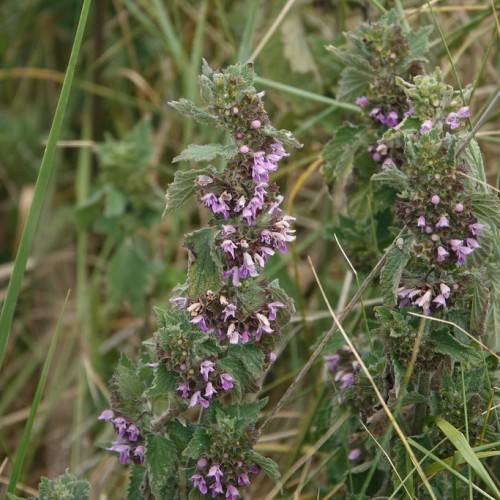
Black Horehound
Ballota nigra subsp. nigra
Watering:
Minimal
Hardiness Zone:
Sun:
full sun,part shade
Leaf:
Yes
Growth Rate:
Low
Salt Tolerant:
Yes
Invasive:
Yes
Care Level:
Medium
watering
The Lesser Water-Plantain (Baldellia ranunculoides) prefers shallow, still water and should be watered regularly throughout the growing season. It can tolerate a variety of water depths, ranging from slightly to completely submerged roots. Watering should be done in the early morning or evening to keep temperatures low and should be done every 2-3 days, depending on weather and the water level in the pond. The soil can be kept moist, but not saturated, and check for signs of dehydration such as wilting or yellowing of leaves. If the soil appears to be drying out too quickly, give it a light but consistent watering. During the winter months, reduce watering as dormant plants will require less.
sunlight
The Lesser Water-Plantain plant species (Baldellia ranunculoides) needs ample amounts of sunlight for optimal growth. It should have access to direct sunlight for a minimum of 4 hours per day, but optimally it should receive at least 5 to 8 hours of direct sunlight. It is important that the sunlight be direct for the plant not filtered through a window due to insulation reducing the needed ultraviolet radiation. It should also be noted that during the colder months, when the sun is not strong enough to offer direct sunlight, the Lesser Water-Plantain will benefit from artificial lighting.
pruning
The best time to prune a Lesser Water-Plantain is during the spring or early summer season when the plants are actively growing. Pruning should be done before the plant flowers. A light amount of pruning is generally all that is needed for a Lesser Water-Plantain. Prune off unhealthy or dead leaves or stems and remove any spent flowers to help promote the growth of new, healthy foliage. You should also prune off crowded and overlapping foliage to help ensure good air circulation and allow sunlight to reach the plant. It is important to avoid over-pruning the plant as that can cause it to look lopsided or too thin.
